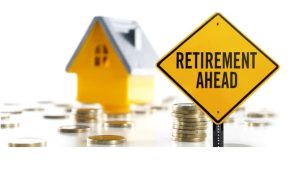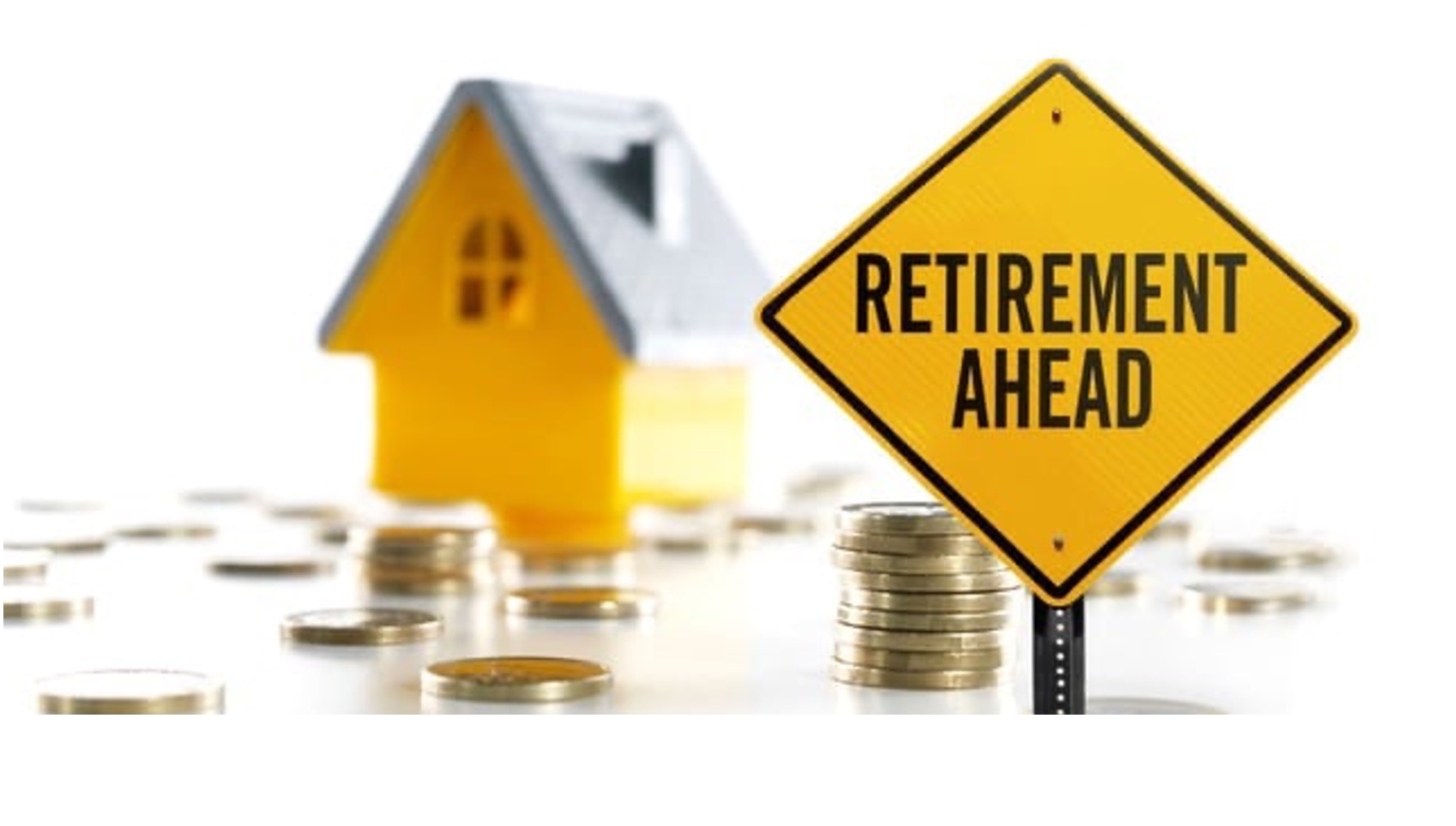
How Many Cash-Flowing Properties Do You Need to Retire Early?
By Kathie Cavallo
Are you asking yourself, “How many rental properties do I need to retire early?” You’re not alone. Many people are turning to real estate investing as a proven way to build passive income, achieve financial freedom, and retire ahead of schedule.
In this guide, we’ll break down the numbers, explain the factors that affect cash flow, and share strategies to help you reach your retirement goals through real estate.
What Is Your Retirement Income Goal?
Before calculating how many cash-flowing properties you’ll need, start with your monthly income target. This is often called your freedom number—the amount you need to cover living expenses without a paycheck.
👉 Example: If your goal is $8,000 per month (or $96,000 per year), that’s the baseline your rental properties need to generate.
How Much Cash Flow Does One Rental Property Generate?
On average, a rental property nets $300–$500 per month after covering expenses like:
-
Mortgage payments
-
Property taxes
-
Insurance
-
Maintenance
-
Vacancy reserves
-
Property management fees
For this example, let’s use $400/month in net cash flow per property.
How Many Rental Properties Do You Need to Retire Early?
Now, let’s do the math:
$8,000÷$400=20 properties\$8,000 \div \$400 = 20 \text{ properties}$8,000÷$400=20 properties
So, to reach $8,000/month, you would need 20 cash-flowing rental properties at $400 each.
What Factors Can Change That Number?
The number of rental properties required to retire early isn’t set in stone. It depends on several factors:
1. Mortgage Status
Paid-off properties dramatically increase net cash flow—sometimes doubling or tripling income.
2. Property Type
Multi-family units and short-term rentals often generate more income than single-family homes. A duplex, for example, allows one unit’s rent to cover expenses while the other is mostly profit.
3. Location
Some markets deliver higher cash flow but may come with added risk or management complexity.
4. Tax Benefits
Real estate investors enjoy tax advantages like depreciation, deductions, and 1031 exchanges. These benefits can significantly boost net income. (Always consult with a tax professional.)
5. Lifestyle Choices
Your freedom number depends on your lifestyle. If you plan to travel full-time or live in a high-cost city, you may need more than $8,000/month. A minimalist lifestyle may require less.
How to Start Building Your Rental Property Portfolio
The good news? You don’t need 20 properties today. Most successful investors start small and scale using proven strategies, such as:
-
BRRRR Method (Buy, Rehab, Rent, Refinance, Repeat)
-
House Hacking (renting rooms in your own home)
-
Partnerships to share costs and risks
-
Using HELOCs or equity from existing properties
-
1031 Exchanges to grow faster without immediate taxes
Final Thoughts: Can You Retire Early with Rental Properties?
Yes, you can retire early with real estate investing—but it requires planning. By setting a clear income goal, estimating realistic cash flow, and scaling strategically, you can determine exactly how many properties you need to achieve financial freedom.
Whether your number is 10, 15, or 20 rental properties, the key to success is consistency, education, and smart investing.
Further Reading on Retiring with Rental Properties


 Facebook
Facebook
 X
X
 Pinterest
Pinterest
 Copy Link
Copy Link
